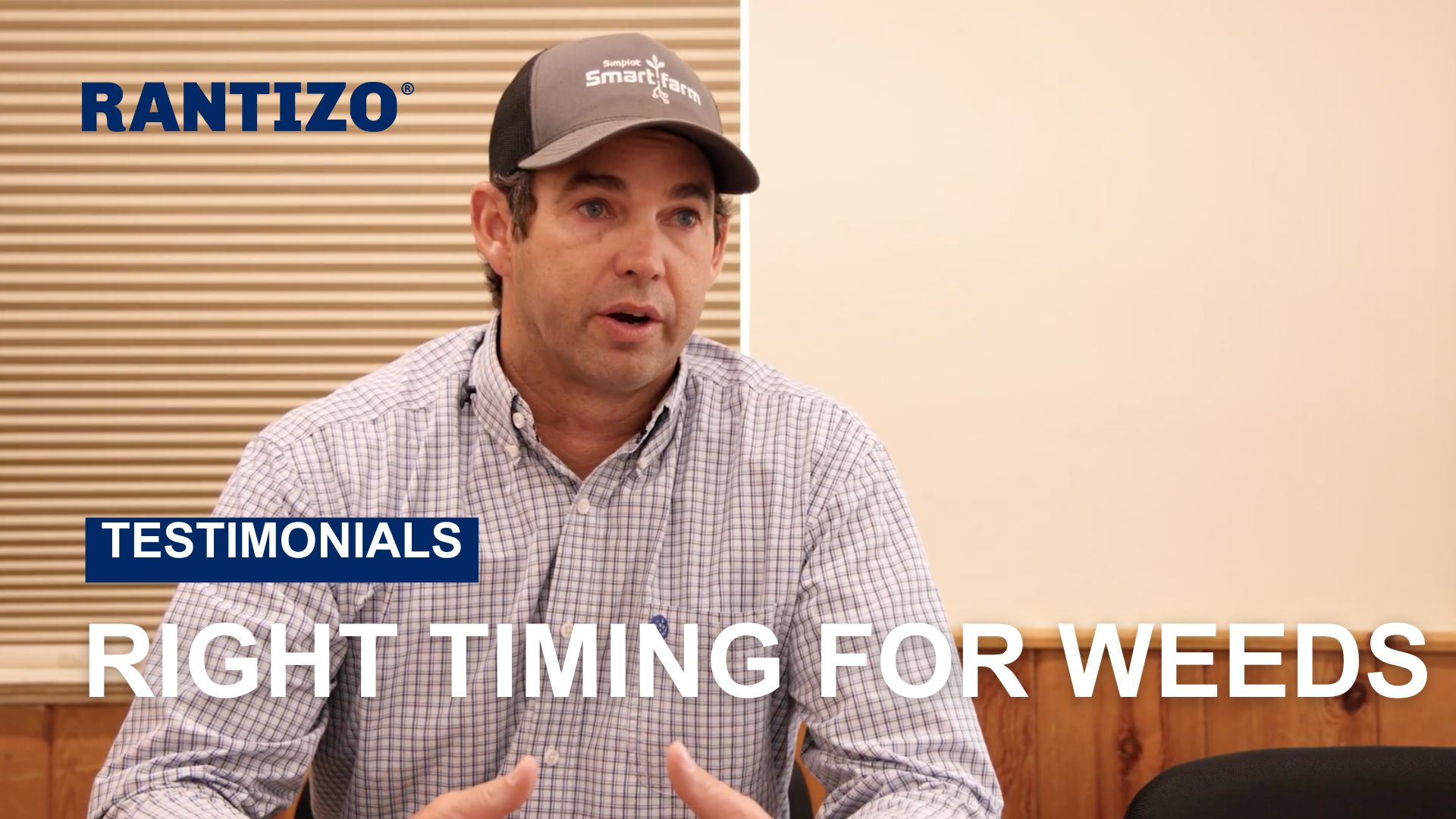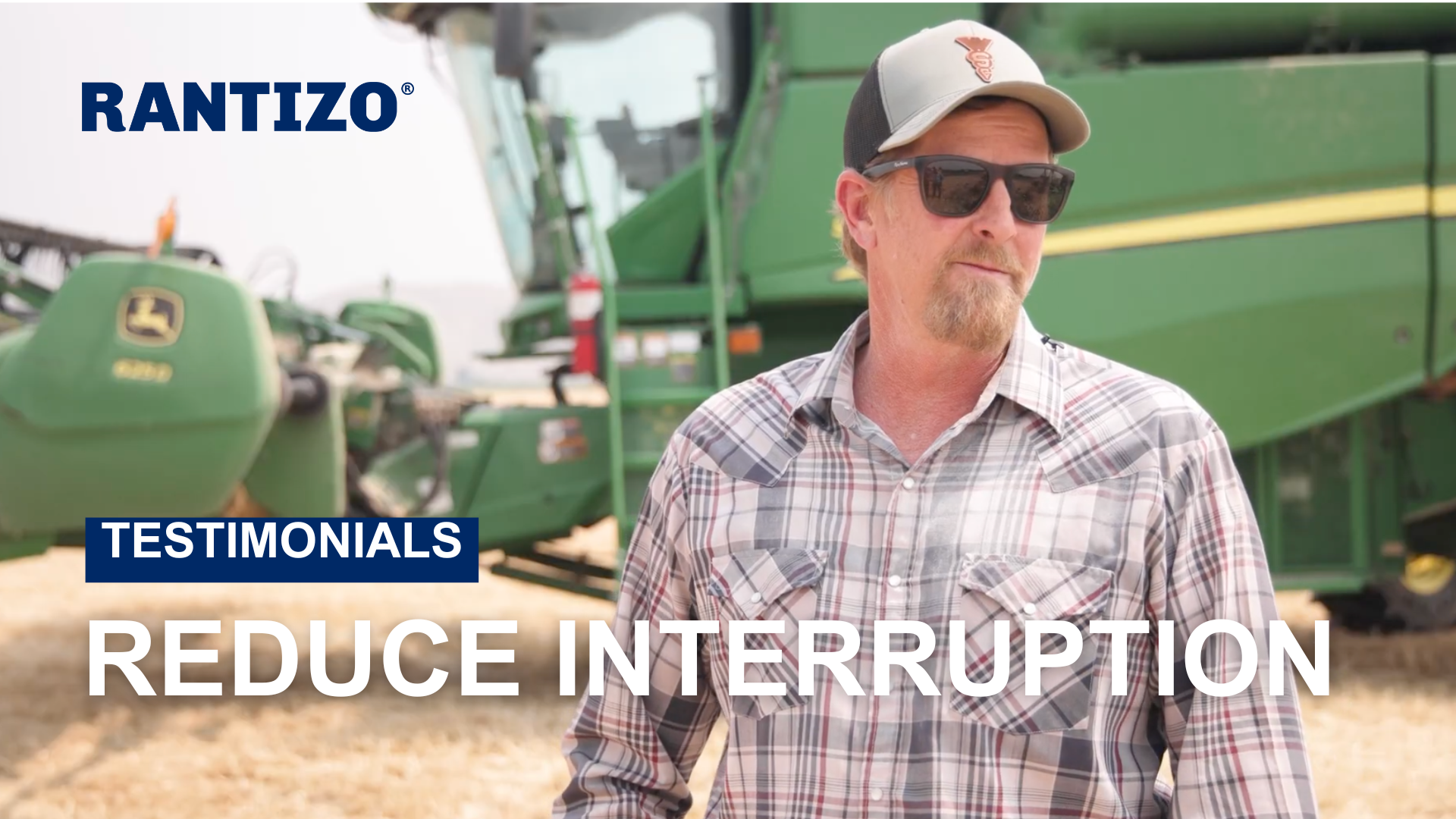RESOURCES
Agricultural Spray Drones Grow in Importance Around the World
October 23, 2023
Agricultural Spray drones grow in importance around the world
Drones
are one of the fastest growing segments for applications of crop inputs. Iowa City, Iowa-based Rantizo, a manufacturer and provider of drone crop spraying systems recently announced
$6 million in Series A funding. Led by Leaps by Bayer, with Fulcrum Global Capital and Innova Memphis, this round will allow the new executive team to lean into a new growth strategy for Rantizo, according to a release about the funding.
“Our vision is to build a service network that puts autonomy to work in agriculture, starting with spray drone services. We are excited to expand our nationwide operator network, deploy our work management and as-applied map software, and continue our exponential growth in acres treated,” said CEO Mariah Scott.
Given the interest in drone technology, it’s not surprising, many along the supply chain have questions about how these tools can help deliver the latest formulations. We reached out to Zach Hanner, Trial Manager with Rantizo, who provided responses to many of those questions.
ABG: What about the application quality in 3D crops (orchards, vineyards), where droplets released from above cannot reach the sides, inside fruits or bottom part of the leaves of the crop? This is still not being accomplished.
Zach Hanner: Drones have been utilized in 3D crops successfully for a few years now, and there are a lot of success stories out there. With this type of cropping system, it takes a bit more skill and experience to successfully spray, but drones are an effective technology for these situations. Our lineup of DJI equipment can be configured to an “Orchard” mode so that the nozzles are oriented more out to the side to achieve more leaf contact to the interior of the plant’s vegetation. The biggest advantage for the drones is that they can fly between the rows and at a lower altitude than other aircraft, so the spray point of origin is happening mid-canopy rather than from the top.
ABG: How are drone operators getting connected with acres to spray? Do you think a company like Rantizo will see success in being a connector?
ZH: Rantizo currently supports our contractors in this exact way. We have great relationships with industry partners as well as ag retailers and universities. When we receive an inquiry or request for drone spraying services, we pass that along to our contractors. Because of our great reputation in the ag industry, we receive a lot of requests. This translates into more work for our contractors, and growth of the ag drone industry as a whole.
ABG: We are using satellite and drone technology to monitor, measure, and memorialize the efficacy of our product (an endophytic fungus, which is applied through irrigation) in leafy greens and processing tomato in California. Do those in the drone industry have any examples of others doing this? Or where field sensors work in conjunction with aerial imaging technology?
ZH: Spraying drones and imagery drones have a symbiotic relationship in modern agriculture, and there are many use case scenarios where we have coupled remote sensing and imagery with a chemical application. Imagery drones can help us identify target areas within a field, and they can also help us validate and document the efficacy of an application. For our work specifically at Rantizo, we prefer to work with drone imagery over satellite imagery. We typically do not get the resolution we need from satellite imagery to dictate a precise spraying area, or to analyze an application. It will be interesting to see how additional sensory equipment can be paired with spray drone technology in the future.
ABG: Regarding quality on 3D crops, do you have any scientific data proving that quality? Because from what I see it’s not the case. I am not against drone application, quite opposite, but we still need to do some work.
ZH: Rantizo has been leading the ag market with R&D and testing of spray drones in U.S. agriculture. Our initial footprint of operations was very concentrated in the North American corn belt, and we spray a lot of corn and soybean row crops. Knowing that these cropping systems were making up the majority of our applied acres, we focused our R&D efforts on these systems to make sure that our equipment achieved the best application possible. A lot of that R&D data translated across to other cropping systems, but we recognized the need for specific data in systems like 3D crops. We are growing across the U.S., and our drones are being used in a wide variety of cropping systems, and we are transitioning our R&D focus to address these systems specifically. The challenge is that we are a small team, and quality R&D data takes time. However, we are optimistic that we will have substantial 3D cropping data in the near future.
ABG: How far away in time is the real-time weed identification for spot spraying with drones? I believe it is a key feature to reduce cost and environmental impact of weed control.
ZH: This concept is actively happening in the U.S. market today and we have seen promising results. One of our goals is to reduce pesticide use where possible, and to focus operations on where an application is needed. Our drones can spot spray parts of an entire field with ease, but the key component of that process is that we need to know where the spray areas are. We have worked with imagery drone partners for proof of concept, and there is traction for this strategy to work. Real time weed emergence, identification, and density has been an agronomic dream for years, and the AI systems that are on the market right now are nearing day-of results.
ABG: What is the cost of use of drone spraying – USD per Ha or acre?
ZH: As with any custom application, pricing will be dictated by the local market, the cropping systems, and competitive application equipment and methods. We have contractors all over the U.S., and each local market is unique. On average, we have seen row crop spraying ranging from $15 to $30 per acre.
ABG: Are drone swarm applications being developed? How complex would be an application like that?
ZH: Swarming technology has been around since 2019 in the U.S., and we have utilized this technology in our operations. All the drones we currently offer are capable of swarming, but our biggest hurdle is getting approval from the FAA to conduct swarming operations. We have multiple requests pending with the FAA at the moment, so it is just a matter of time before we get approval. Swarming does induce added complexity to a spray operation. One pilot, with one remote control, can hypothetically swarm up to three aircraft. Each machine needs to be monitored and tendered, so a pilot must be hyper vigilant during the operation. For one person, it is a lot to monitor and manage at one time. Swarming usually requires a good pit crew to help reload drones with spray solution and change batteries so the pilot can stay focused on flight operations. An additional note, the FAA requires each drone to have a visual observer, so for the example of a pilot with three drones, there would have to be three visual observers during the operation.
ABG: Have drone applications been considered for seedling applications yet?
ZH: We have been seeding with our drones since Rantizo’s inception, and we have had great success in broadcasting cover crops. There are other companies in the drone industry that are utilizing drones for dispersing tree seedlings for habitat restoration after fires, and groups that have developed unique drone components to shoot specialized seed pellets from an air cannon to encourage the pellet to penetrate the soil.
ABG: Is there a strong urgency for more ruggedized drones? For example, to fly and use the drone in higher wind or light rain? Or is drone use limited to fair weather use since there are limited uses for current time?
ZH: The drones we currently use can withstand light rain and they can operate in winds of 30 mph. They are much less sensitive to the environment compared to imagery drones. With each new iteration of the equipment, we have seen improvements in ruggedness but the limiting factor for our fair-weather operations is because we are dispensing a product from the drone. For pesticides, we must adhere to the ranges of operation set by pesticide label. The drone may be able to handle a 30-mph-plus wind, but we would be off label for a pesticide application. Even in situations where we are not spraying pesticides, we are still focused on achieving a proper and adequate application. If the environmental factors are not conducive to a good application, then we will ground the equipment until we know we have better conditions.
ABG: Can drones apply both a broadcast application (nutrition/biological) simultaneously with a spot application (seed control) across the same field?
ZH: Currently our drones can only apply one product or solution at a time. The challenge is that we have a limited tank capacity and limited carry capacity with the equipment. I can see the ag drone industry going in that direction in the future, but as of today we are limited to one type of application at a time.
share this
past blog posts
Related blogs

The right timing of herbicide applications is crucial for crops’ growth stage. Camby Reynolds with Simplot Grower Solutions knows this well for his customers. With drone spraying, he’s able to find the best time for applications for weed management, maintain irrigation, all while maintaining the overall crop growth. Learn more about how he’s implemented spray drones with ground rigs and airplanes in the Bighorn Basin in Wyoming: https://www.rantizo.com/aerial-applications-integrating-spray-drones-and-airplanes-into-a-crop-protection-plan

Wyoming farmer John Busch knows firsthand the importance of maintaining irrigation efforts in the Bighorn Basin. Receiving less than 14 inches of rain per year, irrigation is critical. Spray drones have allowed him to spray his fields while keeping the water running. Read more about spraying on irrigated acres in our blog: https://www.rantizo.com/spray-drones-offer-unique-benefits-on-irrigated-acres



